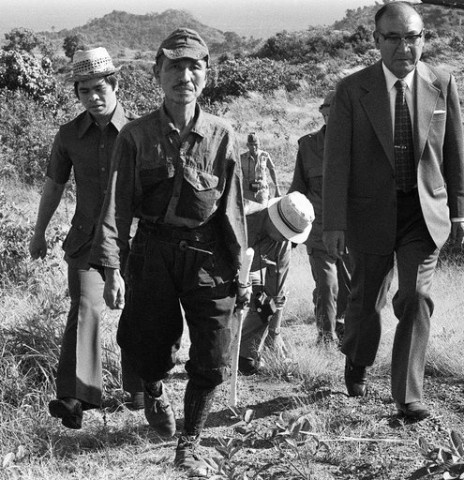
Hiroo Onoda was born March 19, 1922 and led a remarkable life, being one of the last people to ever surrender after World War II.
Onoda spent almost 30 years holding out in the Philippines before surrendering to Philippine President Ferdinand Marcos in 1974.
The son of a Sergeant, Onoda’s father and family were ancient Samurai warriors. His father was killed in action in China when he was a young man. At 18 Onoda enlisted in the Imperial Army Infantry and trained as an intelligence officer in the commando class “Futamata” of Nakano School.
His service in the Philippines started on December 26th, 1944 when he was sent to Lubang Island and was ordered to do all he could to hamper enemy attacks on the island. The problem with these orders is they included a statement that “under no circumstances was he to surrender or take his own life.”
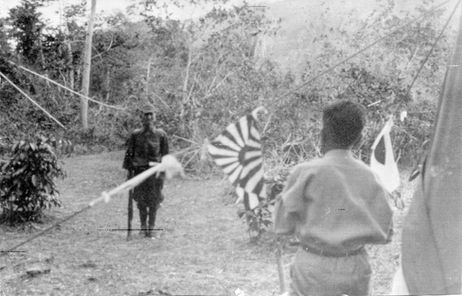
That statement was the so called downfall of one Hiroo Onoda, but inevitably not in such a bad way. His trouble began once he landed on the island as the previous soldiers who outranked him on Lubang Island kept him from performing his true duty. Once the United States and Philippine Forces landed on February 28th, 1945 they easily overtook the region of Lubang. The killing of all higher officials on the island automatically promoted Onoda to Lieutenant and he ordered the three remaining Japanese soldiers to take to the hills and defend their stance.
Onoda continued his orders and remained in the hills in a Japanese holdout. During their stay, he and his companions carried out guerrilla activities, killing inhabitants of the island as well as local police.
In October 1945 Onoda and his men saw a leaflet announcing the surrender of Japan and one soldier who ventured near into a small town to kill a cow also found a leaflet left behind by the locals which read “The war ended August 15th – Come down from the mountain.” But Onoda’s training told him that this cannot be and concluded it was in fact propaganda.
Toward the end of 1945 more leaflets were dropped by air with a surrender order printed on them from General Tomoyuki Yamashita of the 14th Area Army, by this time Onoda and his men had been in hiding for over a year. Though the leaflets were looked at very heavily they too were determined to be propaganda.
Finally in 1950, one of the soldiers with Onoda surrendered after living away from Onoda and the others. In 1952 letters and family photos were dropped from aircraft urging everyone to surrender, but the three remaining concluded it was a trick.
In 1953 one of the three soldiers was shot in the leg during a shoot-out with local fishermen. In May 1954 another soldier was killed by a shot fired by a search party looking for the men. Another was killed by local police on October 19, 1972 – this ultimately left Onoda to fend for himself.
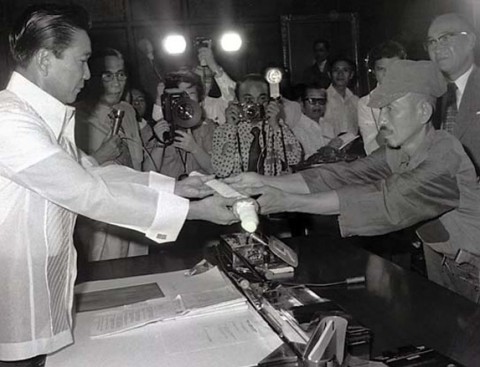
Though officially declared dead in December, 1959 – on February 20, 1974 he met a Japanese man named Norio Suzuki who was supposedly travelling around the world looking for “Lieutenant Onoda, a Panda and the Abominable Snowman” and specifically in that order mind you!
Suzuki found him after just four days – yet he still refused to surrender without orders from his commanding officer. Suzuki agreed to help and took photos of himself and Onoda together. Suzuki returned to Japan with proof of their encounter and the Japanese government located Onoda’s commanding officer, Major Yoshimi Taniguchi who had since become a dealer in books.
Taniguchi flew to Lubang Island where he finally met Onoda on March 9th, 1974 – fulfilling his promise made to him in 1944 – saying in fact “Whatever happens, we’ll come back for you.”
Taniguchi properly relieved Onoda of his duty and he surrendered, officially handing over his sword, his Arisaka type 99 rifle, 500 rounds of ammunition and numerous grenades. He also agreed to hand over his dagger his mother gave him in 1944 in case he was captured and had to take his own life.
Though Onoda had killed numerous people and engaged in shootouts with police and locals the unique circumstances of his life, holding out and believing the war was ongoing gave way to President Ferdinand Marcos issuing a full pardon to him.
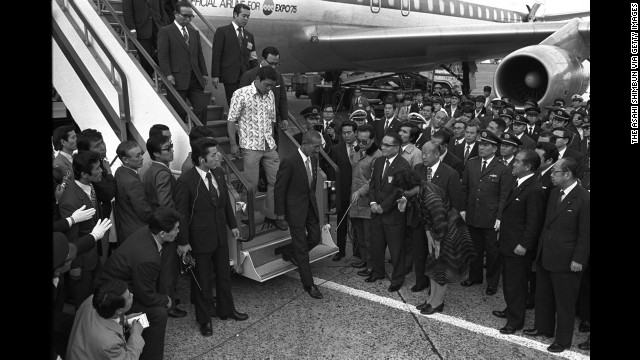
Oddly, he does not hold the longest holdout record in history after World War II. Private Teruo Nakamura was officially arrested on December 18, 1974 in Indonesia and today holds the record for the longest Japanese standing, ultimately waiting for a war that was officially over almost 30 years prior.
The old soldier became a folk hero of sorts and released an autobiography called “No Surrender: My Thirty-Year War” detailing his unique life as a guerrilla fighter in a war that had long ended.
From becoming a cattle farmer in Brazil to becoming a leader of a Japanese community (Jamic Colony) in Brazil to his return to Japan after his parents were murdered in 1980 – he established the Onoda Shizen Juku School of Education for young people.
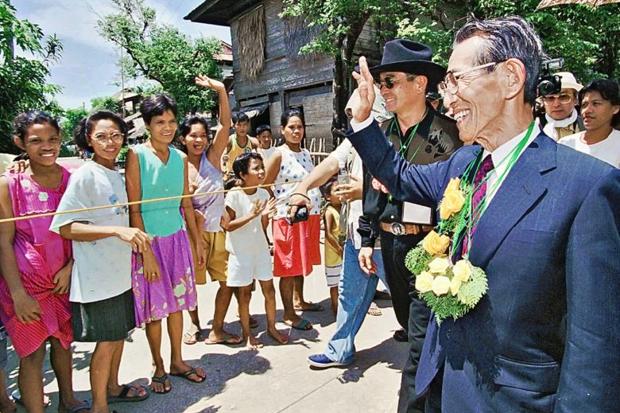
He returned to Lubang Island in 1996, donating $10,000 dollars to the local school of Lubang.
He was also awarded the Merit Medal of Santos-Dumont by the Brazilian Air Force in 2004 and in 2010 he was awarded the title of “Citizen of Mato Grosso do Sul” by the legislative Assembly of Mato Grosso do Sul.
Hiroo Onoda passed from this earth on January 16, 2014 in Tokyo, Japan. Like many who followed him, knew him and respected him, he lives on in history in the Philippines. Though his life has created some turmoil, especially on his return to the Philippines when a mob demanded compensation for his killing of innocent people, Hiroo Onoda was in fact a simple man, doing what he was trained, comprehending to the best of his ability the distant lifestyle he held out on in the hills of Lubang so many years ago.
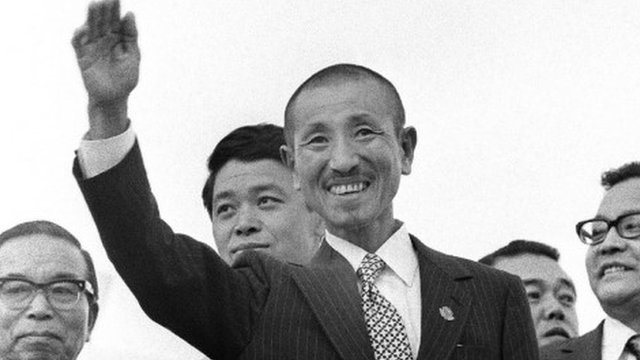
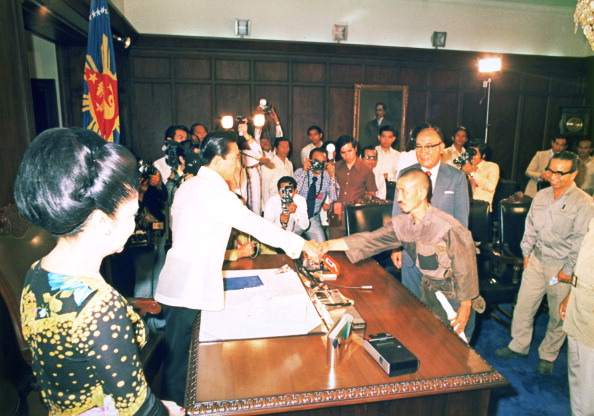

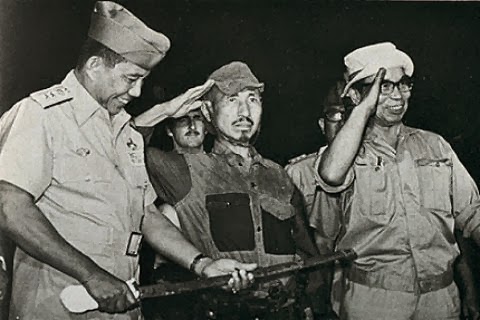
Comments are closed.